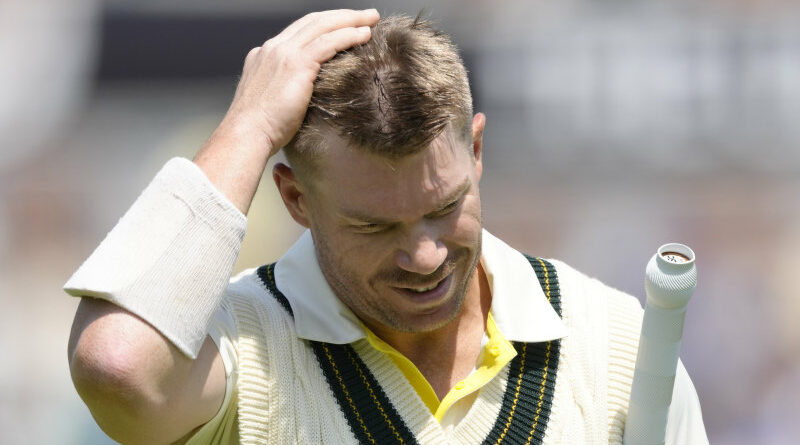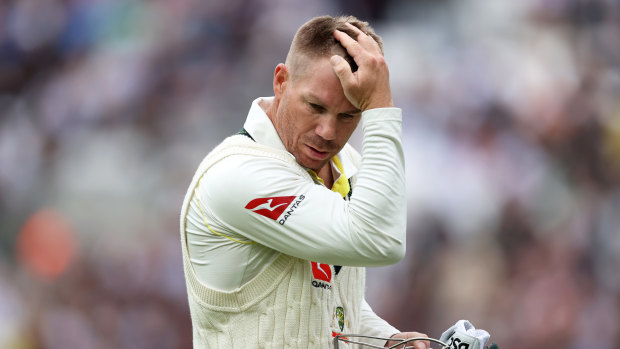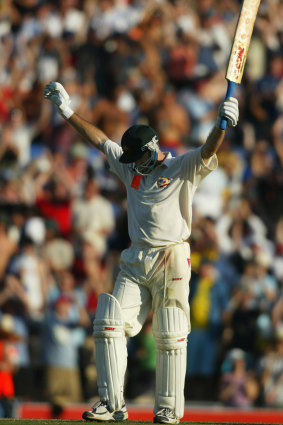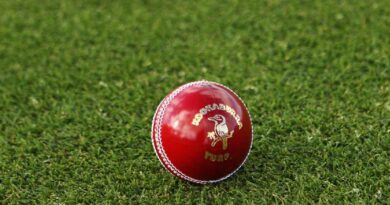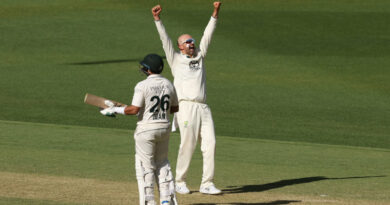Flaw of averages: How Warner’s late-career decline compares to other Australian greats
Save articles for later
Add articles to your saved list and come back to them any time.
With the 2023-24 summer of cricket upon us, there are a number of valid questions that armchair critics are debating before the first Test against Pakistan on Thursday.
Is David Warner really going that badly? How does he compare to other great Australian openers before they sailed off into the sunset? Does Warner still deserve his spot at the top of the order?
Every summer there is usually at least one member of the Australian’s men cricket team who is under pressure to hold his spot.
Unfortunately for Warner, he is the man in the firing line this time and all eyes are on him ahead of the opening Test in Perth.
The veteran opener wants to retire from red-ball cricket with a send-off in the third Test against Pakistan at the SCG. It’s a ground where Steve Waugh, Shane Warne, Glenn McGrath and Justin Langer all ended their great Test careers.
There are many different views on the polarising figure that is Warner. Mitchell Johnson, for one, cannot believe he is still in the team, adamant his numbers have not been good enough.
David Warner has had a tough run in recent times and is under pressure to hold his place in the Test side.Credit: Getty
Others feel Warner has earned the right to go out on his terms, and that his run-making efforts haven’t been dramatically worse than those who have come before him.
Opening the batting is arguably the hardest role in Test cricket and there does come a time when the technique wanes.
Here’s how Warner compares to some of his predecessors.
The test of time
Warner averages 44.43 from 199 innings in 109 Tests. His total of 8487 runs puts him seventh on the all-time list of Australians.
There is no question he has had a brilliant career and will be remembered as a modern-day Australian great.
The highest Warner’s average reached was 76.5 after a century in his second Test, against New Zealand in 2011. It edged above 50 during a home series against India in 2014 and handful of times between November 2015 and February 2016.
Australia’s best openers by average, with a minimum of 20 innings, are Usman Khawaja (60.58), Bob Simpson (55.51), Bill Ponsford (54.17) and Matthew Hayden (50.73).
Warner supporters will point to his double century against South Africa last summer as justification that he still deserves to be in the Australian XI.
Since then, Warner has gone 16 innings without a century. He’s passed 50 twice in that period – at Lord’s and The Oval during the gripping Ashes series – and averaged 22.81.
Going back further, Warner has reached triple figures once from his past 44 innings, at an average of 28.9.
The counterargument is that Warner made valuable contributions in the recent Ashes series and his past eight Tests have been away from home in India and England in difficult environments for openers to flourish.
He is all but certain to open the batting in Perth, but there is no guarantee of a hero’s send-off in his home city.
How Warner compares to others
Steve Waugh was under immense pressure to retain his spot as the Ashes summer of 2002-03 played out.
The Australian skipper, by comparison, had made one century from his previous 23 innings. That drought was broken, after a summer of Waugh-related headlines, with a century off the last ball of the day at the SCG when “Tugga” belted Richard Dawson through the covers for four.
Steve Waugh’s finest hour.Credit: Getty
In the two years before that innings, Waugh still averaged 45.18. He squeezed out another year of Test cricket and signed off with 80 in his last innings at the SCG in January 2004.
Comparatively, Warner has averaged 30.15 since December 2021, with his overall average dropping from 48.39 to 44.43 in that time.
As expected, many of Australia’s other greats tapered away in the twilight of their careers.
It is only fair to compare those who also batted at the top of the order.
Bill Lawry (50.11 to 47.15), Matthew Hayden (52.56 to 50.73), Ricky Ponting (54.71 to 51.85) and Michael Slater (43.89 to 42.83) all had minor dips in their averages during the final two years of their Test careers.
Simon Katich was the outlier, improving his average from 42.69 to 45.03 in the final 24 months of a career that was shorter than many others.
However, Warner’s average has decreased 8.2 per cent in the past two years, compared to declines from Lawry (5.9 per cent), Ponting (5.3 per cent), Hayden (4.3 per cent), Michael Slater (2.4 per cent), Mark Taylor (1.9 per cent) and Justin Langer (1.7 per cent). Katich’s went up 5.5 per cent.
Converting starts into hundreds
There is every chance Warner could prove the doubters wrong and punish Pakistan’s bowlers in the opening Test.
However, Warner’s inability to reach triple figures recently is not too dissimilar to his predecessors who batted at the top of the order.
Warner has one hundred from his past 20 innings. Langer and Watson both managed just the solitary century in their final 20 knocks, while Taylor, Hayden, Ponting and Katich posted two each. Slater and Lawry didn’t reach triple figures.
Putting pressure on the bowler
Warner’s strike rate has always been a point of difference and something selectors have looked favourably upon. Opposition quicks know they need to be on the money otherwise Warner will get on top of them early.
The left-hander has made a career out of dispatching anything outside the off stump.
Warner’s career strike rate of 70.37 is second for Australia in Tests behind Adam Gilchrist (81.95). His strike rate is eight runs higher (73 to 65) at home compared to overseas.
If curators serve up flat pitches, Warner will be licking his lips as he aims to improve his home average of 58.39.
Warner scores 26.8 more runs an innings when at home. Compare that to the difference in home and away averages of Slater (17.3 runs), Hayden (16.2), Ponting (11.2), Watson (7) and Langer (6.9) and you can see why selectors have faith in the veteran opener to have several more special innings before he signs off.
Sports news, results and expert commentary. Sign up for our Sport newsletter.
Most Viewed in Sport
From our partners
Source: Read Full Article
